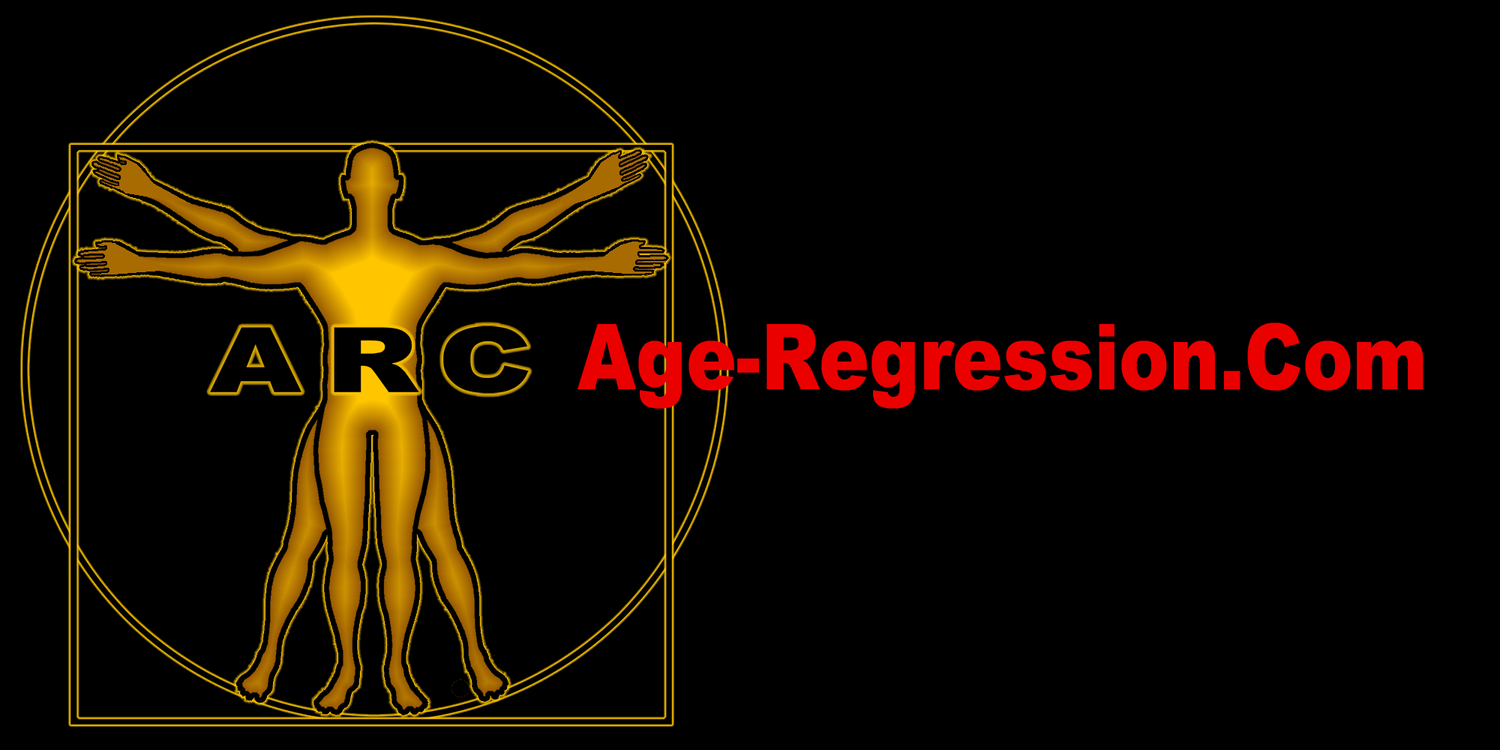
8) EPIGENETIC BIOMARKERS
Clinical / Laboratory / Epigenetic Markers of Aging
EPIGENETIC DNA METHYLATION MARKERS
Of all epigenetic mechanisms,DNA methylation is the most studied. The DNA methyltransferase enzymes (DNMTs) are responsible for the addition of a methyl group, donated by S-adenosylmethionine (SAM), to the fifth carbon of the cytosine CpG dinucleotide [6]. Recent research efforts provided compelling evidence of genome-wide DNA methylation alterations in aging and age-related disease. It is currently well established that DNA methylation biomarkers can determine biological age of any tissue across the entire human lifespan, even during development.[[2]]
Steve Horvath’s group, using large scale validation data from thousands of individuals, has demonstrate that DNA methylation GrimAge stands out among existing epigenetic clocks in terms of its predictive ability for time-to-death, time-to-coronary heart disease, time-to-cancer, its strong relationship with computed tomography data for fatty liver/excess visceral fat, and age-at-menopause.[[3]]
DNA methylation has also been suggested as a target in a regressive paradyme. If increased methylation is an indication of age, would a targeted therapy that reduces that methylation levels be an anti-aging intervention.
Within this frame, there is growing interest around biomarkers of biological age. Biological age is intended as a synthetic index constituted by a single marker or the combination of few biological markers which, alone or integrated with functional markers, not only correlates with chronological age but is/are capable of identifying individuals “younger” or “older” than their chronological age in the same demographic cohorts.
With such biomarkers, it should be possible to obtain trajectories of aging, where the “accelerated” ones would predict unhealthy aging and diseases, while the “decelerated” ones would be associated with healthy aging and longevity. The pos- sibility to draw trajectories of aging is a fascinating, far-reaching perspective, especially in consideration of the abovementioned long incubation preclinical period that characterizes most of the major age-related chronic diseases, and is considered the critical time window for effective treatments. Biomarkers of biological age could greatly contribute to identify the subjects characterized by higher risk to develop overt clinical diseases who would have a major benefit from tailored preventive treatments. However, these biomarkers are apparently informative about the status of deep molecular mechanisms (the seven pillars) underpinning the age-related decline which predisposes to ARDs but do not tell us which specific disease people characterized by acceler- ated biological age are predisposed to. Accordingly, a major biomedical aim is to identify the subjects at higher risk for each specific ARD at very early stage. At present, the combination of the new generation of effective biomarkers, capable of assess- ing the deep biological age, with the classical and innovative biochemical and functional disease-specific ones represents the best strategy to identify disease-specific aging trajectories. Within this perspective, particular attention has to be devoted to the genetics of each individual which is the complex result of the interaction between nuclear and mitochondrial genetics (stable with the exception of somatic mutations) and microbiomes’s genetics (malleable and adaptative to the environment), focus- ing on GM for its capability to be modified by basic habits such as nutrition. In particular, we predict that it will be useful to combine the abovementioned integrated biomarkers’ assess- ment with established and new genetic risk factors for ARDs, taking into account some criticalities related to population genetics and demographic birth cohorts (225).
To date, there are no clinically validated markers of biological age; however, a number of promising candidates have been proposed in the last years. We will discuss three of them: (i) DNA methylation markers, (ii) N-glycan markers, and (iii) GM biomarkers. [1]
Click [√] to Enlarge
DNA methylation is a biological process by which methyl groups are added to the DNA molecule. Recent research efforts provided compelling evidence of genome-wide DNA methylation alterations in aging and age-related disease. It is currently well established that DNA methylation biomarkers can determine biological age of any tissue across the entire human lifespan, even during development. [1] Recent studies have shown that the degree to which the cytosines of a gene are methylated can control the level of the gene's transcription. Cytosine methylation appears to be a major mechanism of transcriptional regulation in vertebrates.[5]
Steve Horvath’s group, using large scale validation data from thousands of individuals, we demonstrate that DNA methylation GrimAge stands out among existing epigenetic clocks in terms of its predictive ability for time-to-death, time-to-coronary heart disease, time-to-cancer, its strong relationship with computed tomography data for fatty liver/excess visceral fat, and age-at-menopause. [2]
DNA methylation has also been suggested as a target in a regressive paradyme. If increased methylation is an indication of age, would a targeted therapy that reduces that methylation levels be an anti-aging intervention?
Laboratory Markers correlating with BASP
Multiple common laboratory markers included in studies like complete blood cell counts and blood chemistry panels also have demonstrated stistcically significant correlations with your BASP vs chronological ages. [3]
Multiple elements of facial recognition age determination. Skin is the largest human organ. Its visibility and accessibility make it a good BASP marker from facial images. There are several biomarkers associated with your eyes that also can contribute to an accurate estimate of your age. AI analysis of your face can produce an accurate indication of your BASP. [4]
The age-regression changes this approach will instill in an older individual may be subtle and the accumulated benefits will occur over time. It has taken you 50(+) years to get where you are from a philological and biological perspective. It may take a few years to effectively reverse that process. To effectively gage progress you must be looking at a set of clinical, biological and physical outcomes (markers) in order to know that the path you are taking is effective. Several candidates that would meet that qualification are emerging. Epigenetic Clocks are the primary candidate to fulfill that requirement. Currently the scientific community has not determined that any one marker is a viable surrogate to determine you BASP. Examining multiple markers in concert, or biomarker signatures appear to be superior in predicting age-related outcomes[0.3].
A lot of research has gone into selection and inclusion of each marker. The primary research that has guided the final selections was taken from; “[0] [2021] Ranking Biomarkers of Aging by Citation Profiling and Effort Scoring.” The biomarkers this group ranked were divided into categories that included: “routine laboratory,” “research laboratory” (not epigenetic), “research laboratory” (epigenetic), “physical capability and organ function” and “senescence-related” biomarkers. This group, very conveniently introduced scoring systems, aimed at reflecting biomarker relevance to age and measurement difficulty, accessibility and effort, which can be used to support study designs in both clinical and research settings. The “C-Score,” provides the relevance of the marker to published research associated with aging. This C-Score was further refined by filtering for “review.” This provided a review-count (RC-Score). The higher the RC-Score the more source articles were included containing the specific bio-marker. An E-Score was generated which essentially translates into an ease of use/availability score. They define that score as: the e-score is based on six main attributes that is, 1: easy sampling; 2: easy sample handling (storability at room temperature (up to 3 h) and/or frozen (≥3 month)); 3: automation availability; 5: routine laboratory availability; 5: costs ≤ 10 € per test; 6: degree to which the method is oblivious to confounding and interfering factors. a low E-Score (-) describes a potential biomarker which is easy to sample, to handle and to process. • A moderate E-Score (- -) is assigned if one step (sampling, handling, or processing) is associated with substantial extra effort for routine laboratories. This includes sampling under special conditions, a requirement for prompt sample handling, or the need for elaborate validation. • A high E-Score (- - -) implies elaborate sampling (e.g., biopsy, lumbar puncture, etc.), handling (e.g., storage in liquid nitrogen) and/or processing (e.g., non-routine nucleotide or protein sequencing). The financial costs are usually high. [0.3]
This paper as well as the other references provided below provide an excellent background on the selection of the most effective and available biomarkers of aging.
Horvath’s DNA Methylation BASP Indicators
Click [√] to enlarge
The promoters of inactive genes become methylated at certain cytosine residues, and the resulting methylcytosine stabilizes nucleosomes and prevents transcription factors from binding. [5]. The addition of a small methyl molecule to cytosine, one of the four bases of DNA, can have far reaching consequences. It can epigenetically inactivate gene expression and thereby regulate cell fate.
DNA methylation is a biological process by which methyl groups are added to the DNA molecule. Recent research efforts provided compelling evidence of genome-wide DNA methylation alterations in aging and age-related disease. It is currently well established that DNA methylation biomarkers can determine biological age of any tissue across the entire human lifespan, even during development. [1] Recent studies have shown that the degree to which the cytosines of a gene are methylated can control the level of the gene's transcription. Cytosine methylation appears to be a major mechanism of transcriptional regulation in vertebrates.[5]
Steve Horvath’s group, using large scale validation data from thousands of individuals, we demonstrate that DNA methylation GrimAge stands out among existing epigenetic clocks in terms of its predictive ability for time-to-death, time-to-coronary heart disease, time-to-cancer, its strong relationship with computed tomography data for fatty liver/excess visceral fat, and age-at-menopause. [2]
DNA methylation has also been suggested as a target in a regressive paradyme. If increased methylation is an indication of age, would a targeted therapy that reduces that methylation levels be an anti-aging intervention?
[1] DNA Methylation Biomarkers in Aging and Age-Related Diseases
[2] DNA methylation GrimAge strongly predicts lifespan and healthspan
[4] [2020] Deep learning approach for facial age classification: a survey of the state-of-the-art
[5] [2020] Controlling patterns of DNA methylation
[6] [2010] Structure and Function of Mammalian DNA Methyltransferases

